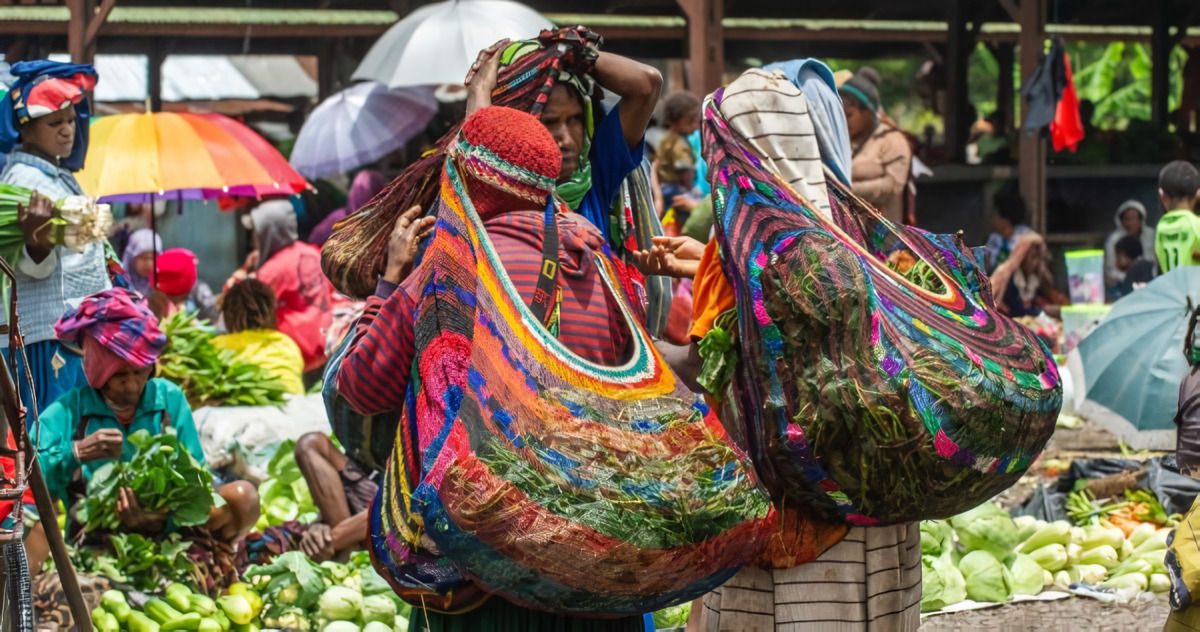In the midst of rising awareness towards sustainable fashion to fulfill the Sustainable Development Goals (SDGs), the people of Papua have long been using noken as part of their daily fashion. This traditional multifunctional knotted or woven bag from Western New Guinea, part of Indonesia, is crafted from tree bark fibers and is traditionally worn using the head. In the Central Highlands of Papua, locals commonly use it to carry agricultural produce, small animals, or goods to the market. Additionally, the noken serves to carry babies, small animals, or books, and can even be utilized as a head or body cover.

Noken, known by various names in different Papuan ethnic groups, has unique visual characteristics in each of these cultures. Unlike typical bags, the Papuans traditionally carry the noken looped from their heads down to their backs or chests. This uniqueness led to its recognition by the United Nations Educational, Scientific and Cultural Organization (UNESCO) as a world cultural heritage and it was acknowledged as an Intangible Cultural Heritage in 2012.
Hari Suroto, an archaeologist from the Papuan Archaeological Office, describes the intricate and time-consuming process of crafting an authentic noken. These traditional bags do not use textiles but are made solely from plant fibers such as gnemon (Gnetum gnemon), mahkota dewa (Phaleria macrocarpa), and orchids (Diplocaulobium regale). The tree bark fibers are obtained by pounding the tree bark, which is then dried and spun into yarns. Natural materials like leaves and fruits are used for coloring.
In the context of Indonesian democracy, noken is also a term used for a unique electoral system specifically used in several districts of the Central Highlands of Papua, precisely in the customary regions of Mee Pago in Central Papua and La Pago in Highlands Papua. The Constitutional Court of Indonesia confirmed the constitutional validity of the noken system, recognizing it as part of the customary rights of the Papuan community.
There are two patterns in the implementation of the noken system. The first pattern is the "big man" system, where the tribal chief has full control over the election, either voting on behalf of the constituents or merely informing the voting committee of the community's choice. The second pattern, the "hanging noken," is based on a collective agreement following a deliberative process involving all parties. During elections, the noken bags replace ballot boxes, where each noken represents a candidate. Voters place their ballots into the agreed-upon noken or queue in front of their chosen noken.
The noken has been an integral part of Papuan culture for many years. Papuan cultural activist Titus Pekei mentions that 250 Papuan ethnic groups recognize and use noken in their daily lives. Reverend Dr. Mikael Tekege describes how the Papuan community views noken as a "walking home" carrying all their necessities. However, its use has declined in urban areas due to modernization, difficulty in sourcing raw materials, and cultural transmission factors.



















